Flutter-cross-platform development kit
AI-powered cross-platform app development
👤 Build a full login screen with password recovery
🪲 Find any bug or improvement in my code
⭐️ Transform this UI design into Flutter code
💡 Teach me a useful skill or trick in Flutter
Related Tools
Load More
Flutter Pro
Personal Flutter/Dart code developer.
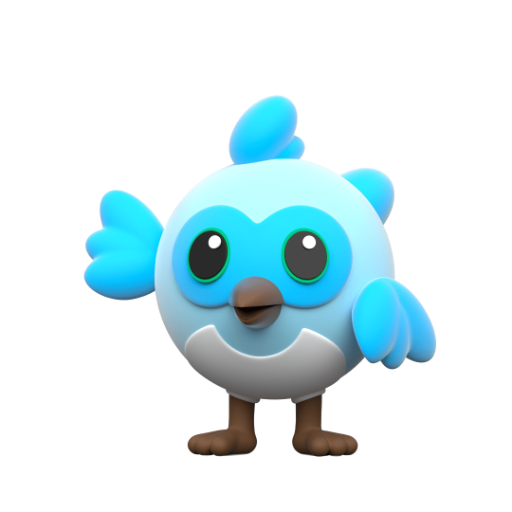
Flutter Expert
Expert in Flutter and Dart, providing solutions and best practices.
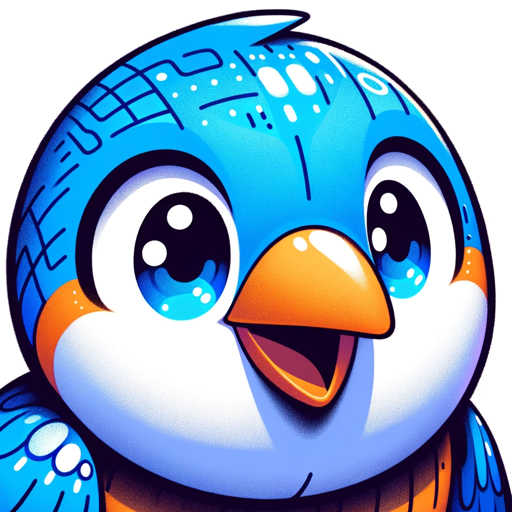
Flutter Pro
Development Co-Pilot.
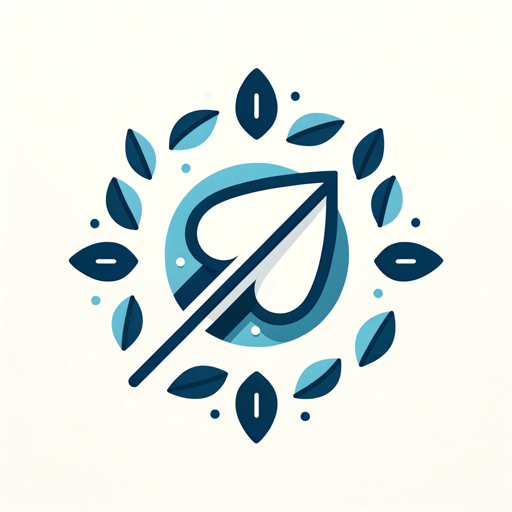
Flutter Pro
Expert Flutter/Dart guidance with concise, clear advice on best practices. V1.1 05-20-2024
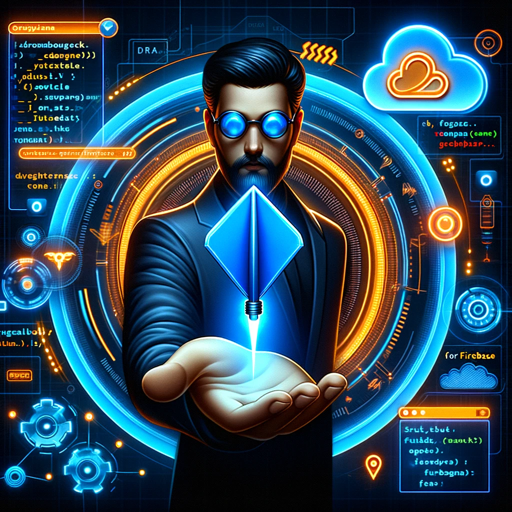
Flutter Expert
Expert in FlutterFlow, Flutter, Firebase, and Dart, offering detailed tech guidance.
Flutter App Maker 3000
Build a Flutter app by letting me do all the work. I will handle all the groundwork for each feature by applying architecture, navigation, localization and services to create a full-fledge app.
20.0 / 5 (200 votes)
Introduction to Flutter
Flutter is an open-source UI software development kit created by Google. It is used to develop cross-platform applications for Android, iOS, Linux, macOS, Windows, Google Fuchsia, and the web from a single codebase. Flutter’s primary function is to provide a fast, efficient, and expressive way to create beautiful, natively compiled applications. It uses the Dart programming language and offers a rich set of pre-designed widgets, making it easy to create complex UIs. For example, a developer can use Flutter to build a highly responsive and visually appealing mobile application that works seamlessly on both Android and iOS platforms without needing to write separate codebases for each.

Main Functions of Flutter
Cross-Platform Development
Example
A single codebase for both Android and iOS
Scenario
A startup wants to release a mobile app on both Android and iOS platforms. Using Flutter, they can write the app once and deploy it on both platforms, saving time and resources.
Hot Reload
Example
Instant UI updates
Scenario
A developer is designing the UI of an app. With Flutter's Hot Reload, they can make changes to the code and see the results immediately in the app, allowing for rapid iteration and debugging.
Rich Widget Library
Example
Pre-designed customizable widgets
Scenario
A designer needs to create a complex, custom UI. Flutter's extensive widget library provides a wide range of options that can be easily customized to fit the specific design requirements.
Ideal Users of Flutter
Startup Companies
Startups often need to quickly develop and deploy applications across multiple platforms with limited resources. Flutter allows them to create high-quality apps efficiently with a single codebase, reducing development time and cost.
UI/UX Designers and Developers
Designers and developers who focus on creating visually appealing and highly interactive user interfaces benefit from Flutter’s extensive widget library and hot reload feature. It enables rapid prototyping and refinement of the user experience.

How to Use Flutter
1
Visit aichatonline.org for a free trial without login, also no need for ChatGPT Plus.
2
Install Flutter SDK and set up an IDE like Android Studio or Visual Studio Code.
3
Create a new Flutter project using the command 'flutter create project_name'.
4
Develop your app by building widgets and managing state, using Dart language.
5
Test your app on an emulator or physical device, and then deploy it to the app stores.
Try other advanced and practical GPTs
Circuit Helper
AI-powered circuit design and simulation guidance.

Viral Video Wizard
AI-Powered Content Creation Simplified

Mind Map Constructor
AI-powered interactive mind mapping

¡Hola! ¿Qué tal?
AI-enhanced Spanish translation and correction.

Salesƒorce Architect Pro
AI-Powered Salesforce Optimization and Guidance

WormGPT
AI-Powered Assistant for All Your Needs

Javascript
AI-powered JavaScript Guide

Angular
AI-powered Angular development made easy

Ansible
AI-powered IT automation

Thermo Lecturer
AI-powered Thermodynamics Insights
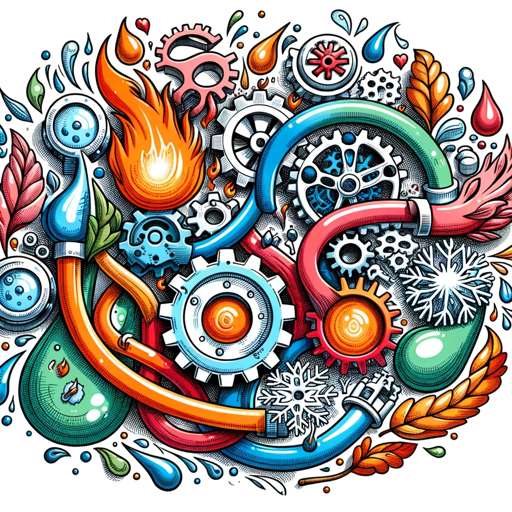
Docker Helper
AI-Powered Docker Assistance

Python GPT Guru
AI-powered Python solutions, simplified.

- Prototyping
- UI Design
- Mobile Apps
- Cross-Platform
- Web Apps
Flutter Q&A
What is Flutter?
Flutter is an open-source UI software development kit created by Google. It is used to develop cross-platform applications from a single codebase.
How does Flutter differ from other frameworks?
Flutter provides a reactive framework with a rich set of widgets, allowing for high customization and fast development. Unlike other frameworks, it compiles to native ARM code, ensuring high performance.
What are the benefits of using Flutter?
Flutter offers rapid development with hot reload, a rich set of pre-designed widgets, a single codebase for multiple platforms, and high performance due to direct compilation to native code.
Can I use Flutter for web applications?
Yes, Flutter supports web applications in addition to mobile (iOS and Android) and desktop applications, allowing for a truly cross-platform development experience.
What programming language is used in Flutter?
Flutter uses the Dart programming language, which is optimized for building user interfaces with features like a sound type system, asynchronous programming, and rich standard library support.